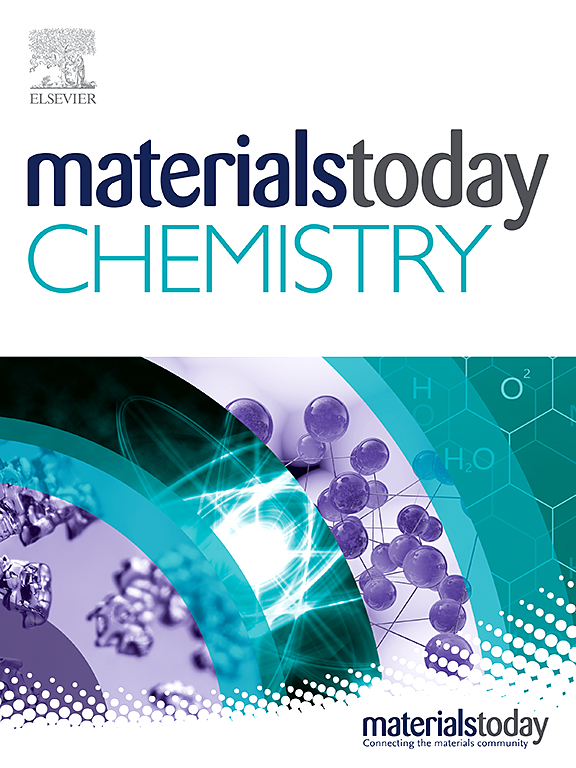Recent advances in the application of nanoparticle-based strategies for water remediation as a novel clean technology–A comprehensive review
IF 6.7
2区 化学
Q1 CHEMISTRY, MULTIDISCIPLINARY
引用次数: 0
Abstract
In the contemporary period characterized by limited availability of water resources, the efficient treatment of wastewater is a fundamental requirement for the advancement of the economy. The development and implementation of modern wastewater treatment technologies that exhibit high efficiency and low capital requirements are of utmost importance. Currently, nanotechnology is a highly prioritized field of research in numerous nations because of its significant potential and economic implications. Nanotechnology has shown great potential in the field of water treatment and remediation. Through the utilization of different nanomaterials, water can be purified using various mechanisms. These mechanisms include the adsorption of heavy metals, dyes, and other contaminants, as well as the inactivation and elimination of pathogens. Additionally, nanotechnology enables the conversion of harmful materials into less harmful compounds, further enhancing its effectiveness in water treatment and remediation. This article aims to present a comprehensive review of contemporary advancements in nanotechnologies utilized for water and wastewater treatment. The discussed techniques include adsorption, photocatalytic water treatment methods such as nanoelectro-catalysts and Fenton catalysts, disinfection, nanosponges, nanomembrane, aerobic digestion, and core-shell plasmonic nanosensors. Furthermore, the article provides insights into the various opportunities, limitations, and future prospects associated with these advancements.基于纳米粒子的水修复策略作为一种新型清洁技术在应用方面的最新进展--综述
在水资源有限的当代,高效处理废水是经济发展的基本要求。开发和实施高效率、低资本要求的现代废水处理技术至关重要。目前,纳米技术因其巨大的潜力和经济影响而成为许多国家高度优先考虑的研究领域。纳米技术在水处理和修复领域显示出巨大的潜力。通过利用不同的纳米材料,可以利用各种机制净化水。这些机制包括吸附重金属、染料和其他污染物,以及灭活和消除病原体。此外,纳米技术还能将有害物质转化为危害较小的化合物,从而进一步提高其在水处理和修复方面的功效。本文旨在全面综述用于水和废水处理的纳米技术的最新进展。所讨论的技术包括吸附、光催化水处理方法(如纳米电催化剂和芬顿催化剂)、消毒、纳米海绵、纳米膜、好氧消化和核壳等离子纳米传感器。此外,文章还深入分析了与这些进步相关的各种机遇、局限性和未来前景。
本文章由计算机程序翻译,如有差异,请以英文原文为准。
求助全文
约1分钟内获得全文
求助全文
来源期刊

Materials Today Chemistry
Multiple-
CiteScore
8.90
自引率
6.80%
发文量
596
审稿时长
33 days
期刊介绍:
Materials Today Chemistry is a multi-disciplinary journal dedicated to all facets of materials chemistry.
This field represents one of the fastest-growing areas of science, involving the application of chemistry-based techniques to the study of materials. It encompasses materials synthesis and behavior, as well as the intricate relationships between material structure and properties at the atomic and molecular scale. Materials Today Chemistry serves as a high-impact platform for discussing research that propels the field forward through groundbreaking discoveries and innovative techniques.
 求助内容:
求助内容: 应助结果提醒方式:
应助结果提醒方式:


